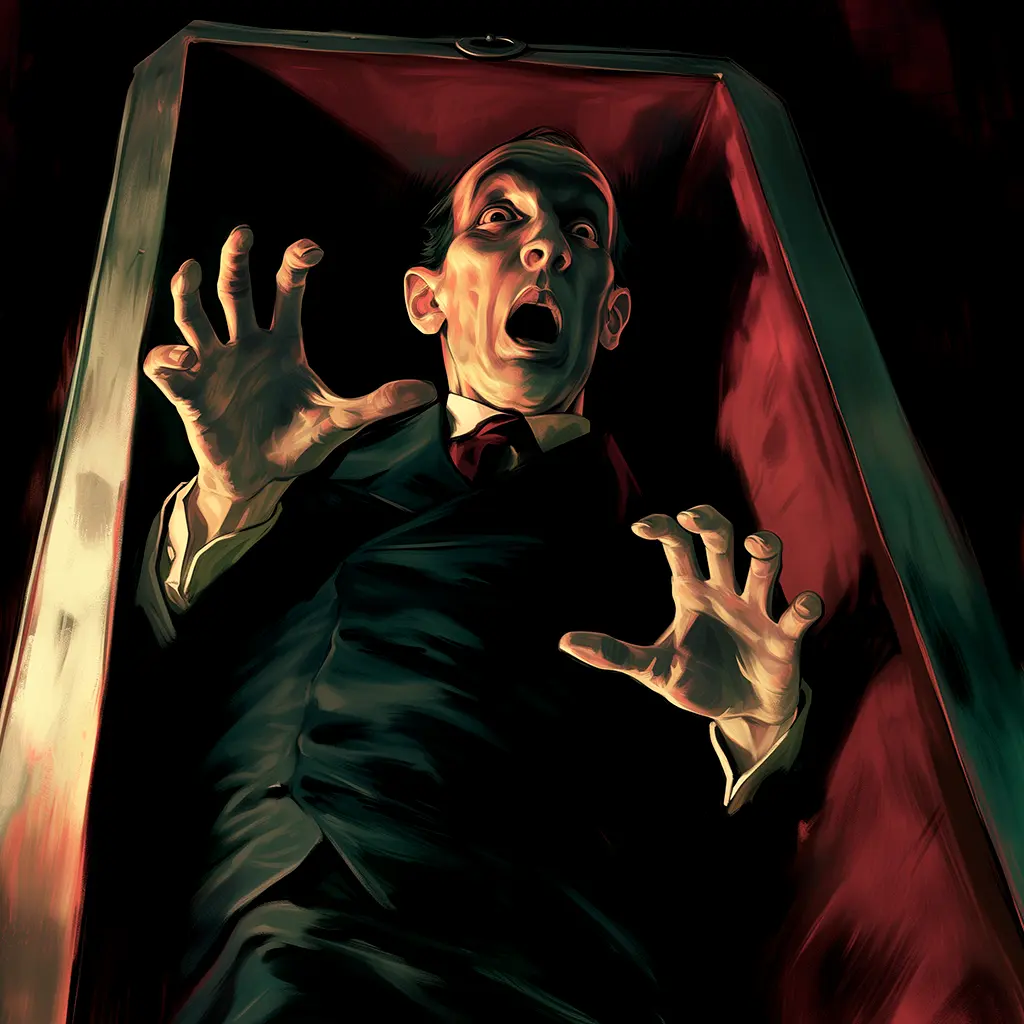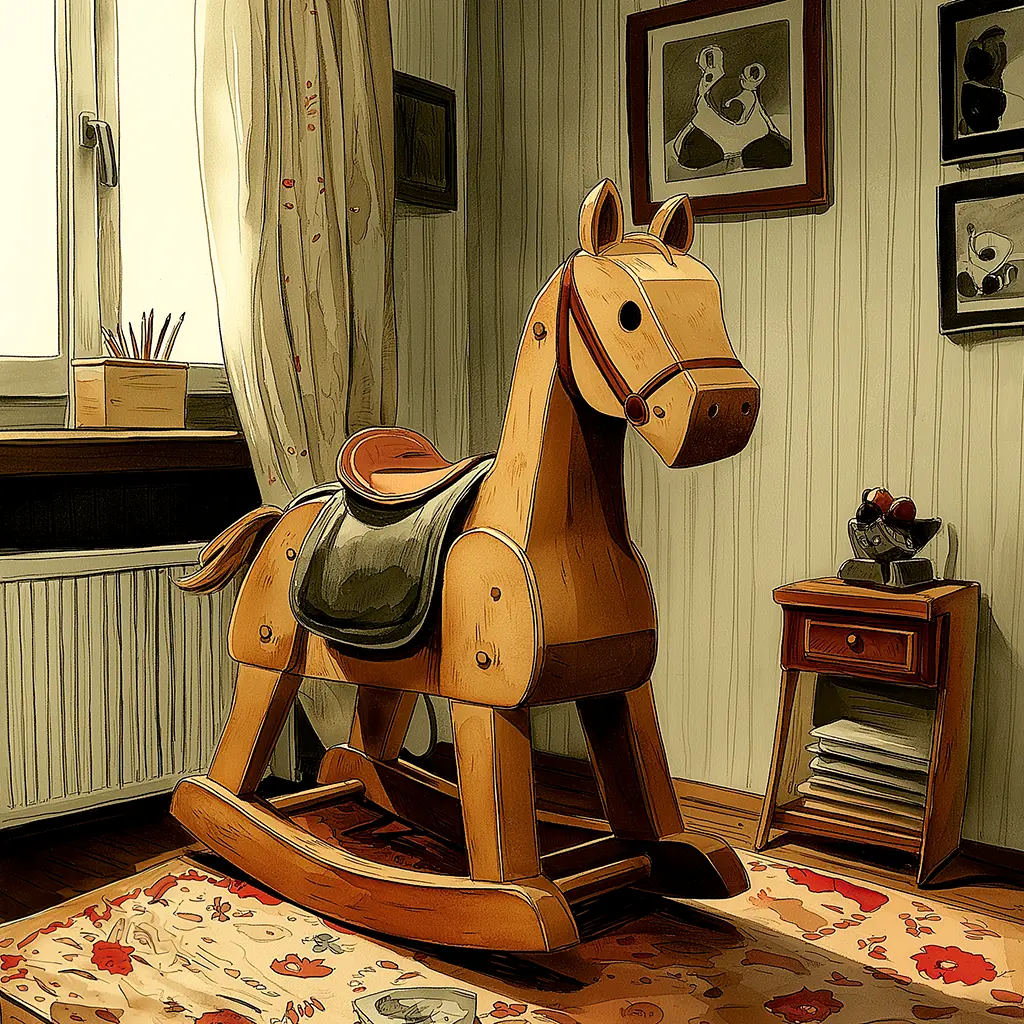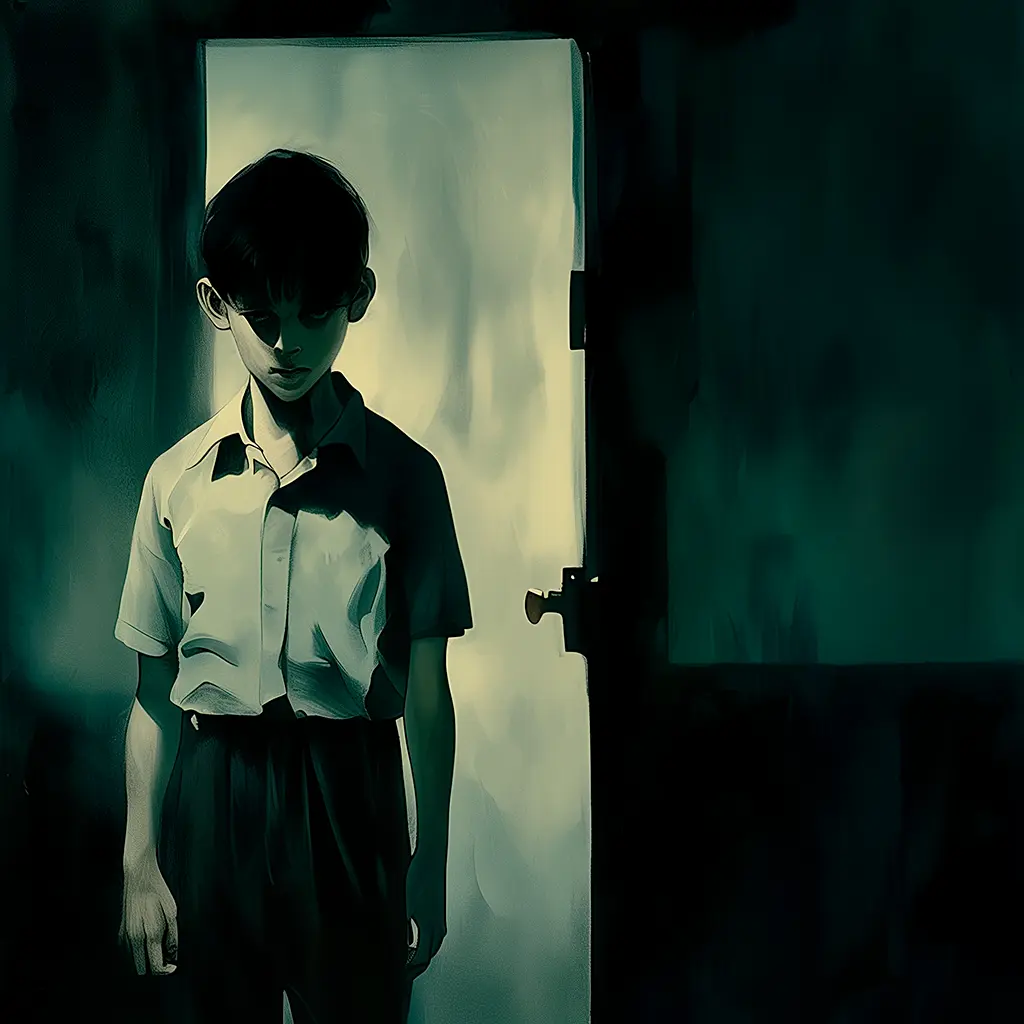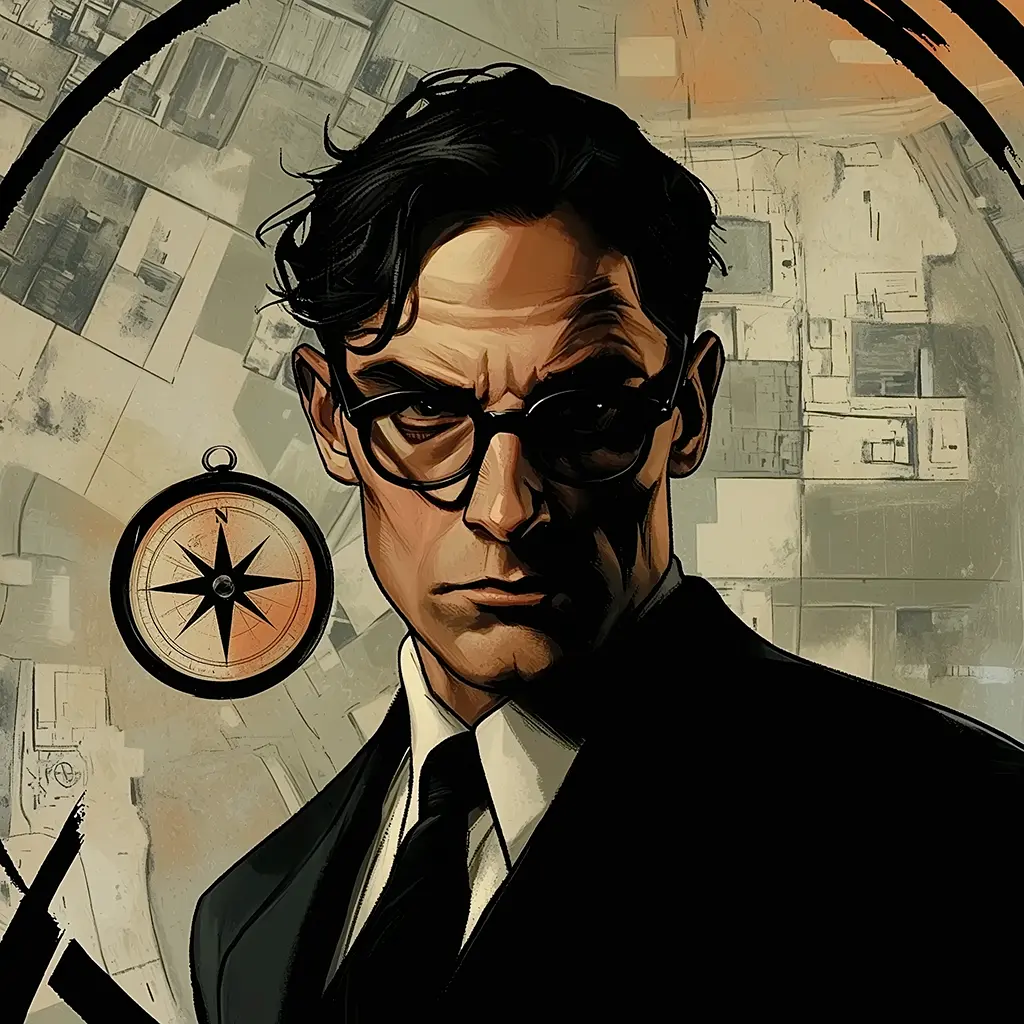Edgar Allan Poe: The Premature Burial
The Premature Burial is a story by Edgar Allan Poe, published on July 31, 1844, in the Dollar Newspaper, in which he reflects on the terror provoked by the idea of being buried alive. In a somber and captivating style, the protagonist describes a series of cases of people who have suffered this terrible experience while relating his own experiences and the methods he employs to avoid such a tragedy. With a style halfway between fiction and journalistic account, Poe addresses one of the oldest atavistic fears while immersing the reader in an atmosphere of macabre fascination.





